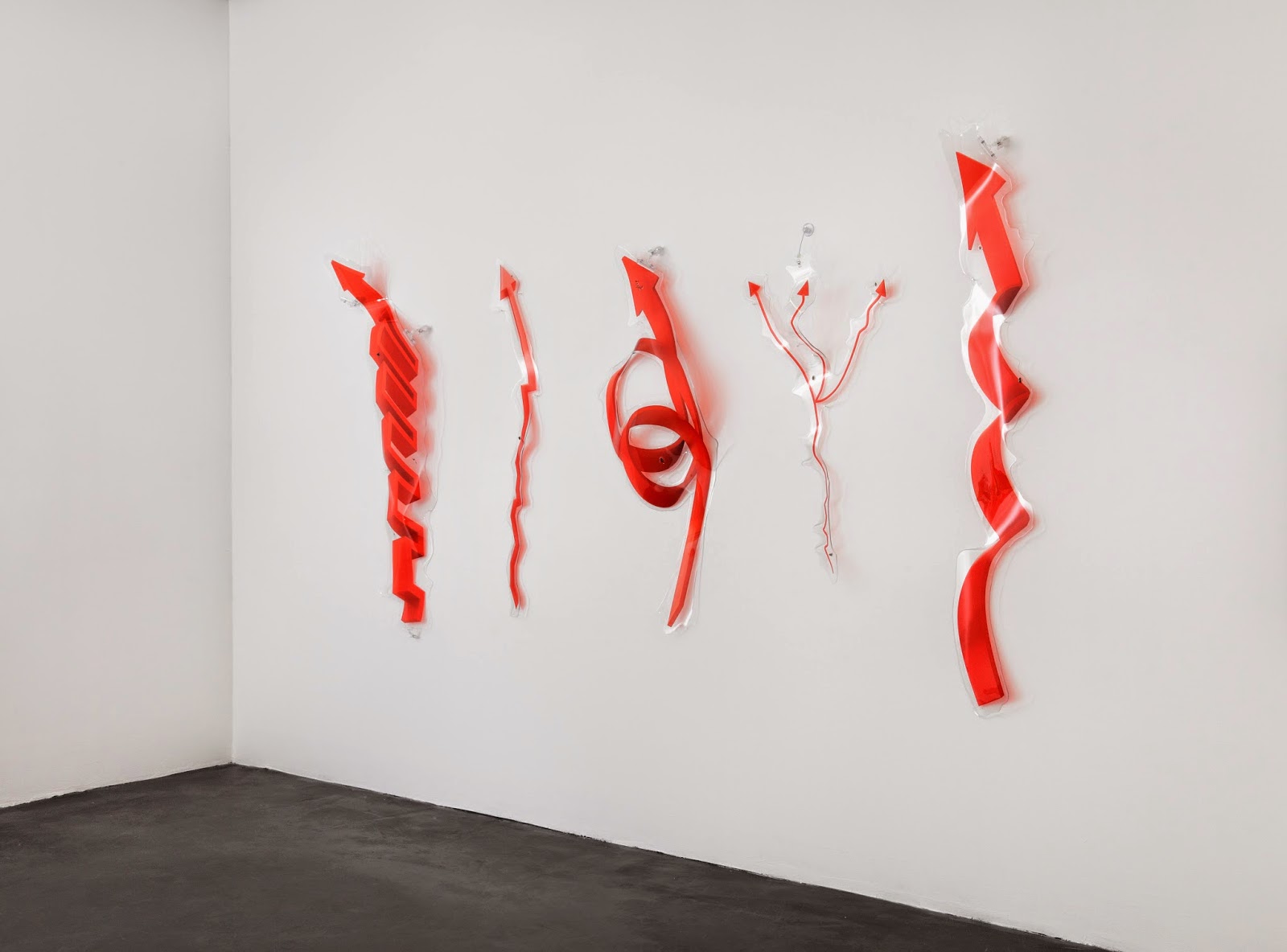Monday, July 21, 2014
Spirals
In 2002 Phaidon Press collected writings from three decades by architect and scholar Kenneth Frampton. These were published under the title, Labour, Work and Architecture, bringing together chapters and articles written over his long career as a student of built forms. That book is where I have been reading about Vladimir Tatlin's Monument to the Third International, an unbuilt project constructed only as a large architectural model during the first wave of new art following the Russian revolution of 1917. These black-and-white archival photos were taken in 1919-20 when the model was unveiled and paraded through the streets of St. Petersburg, newly renamed Petrograd. Note three figures near the base of the monument wearing white smiling masks – I do not know their story, but in truth there is such a wealth of gnomic life going on in these pictures that they seems more like scenes remembered from childhood than historical Russian images.
Kenneth Frampton quotes contemporary Russian critic Nikolai Punin to illustrate the significance of the Monument at the time of its debut –
"Just as the triangle, as an image of general equilibrium, is the best expression of the Renaissance, so the spiral is the most effective symbol of the modern spirit of the age . . . while the dynamic line of the bourgeois society, aiming at the possession of the land and the soil, was horizontal, the spiral, which, rising from the earth, detaches itself from all animal, earthly and oppressing interests, forms the purest expression of humanity set free by the Revolution. The bourgeois social order developed an animal life on earth, tilled the soil, and there erected shops, arcades and banks; the life of the new humanity rises ever higher and higher above ground."
Punin described Tatlin's architectural intention in these words – "The monument consists of three great rooms in glass, erected with the help of a complicated system of vertical pillars and spirals. These rooms are placed on top of each other and have different harmonically corresponding forms. They are able to move at different speeds by means of a special mechanism. The lower story, which is cubic in form, rotates around its axis at a rate of one revolution per month. Here the executive bodies are to meet . . . Finally, the uppermost cylinder, which rotates one revolution per day, is reserved for centres of an informative character; an information office, a newspaper, the issuing of proclamations, pamphlets and manifestos."
Above, the Monument rendered in graphic form on the cover of a Russian publication of 1920. Below, a mock-up of the Monument as it was meant to look – if full-scale construction had been possible. A century after its conception, Tatlin's tower is widely granted near-mystical status
Finally, the current-days spiral-based work of Estonian artist Katja Novitskova.
Labels:
architecture,
artists,
black and white,
books,
galleries,
lettering,
monuments,
red,
Russia,
sculpture







